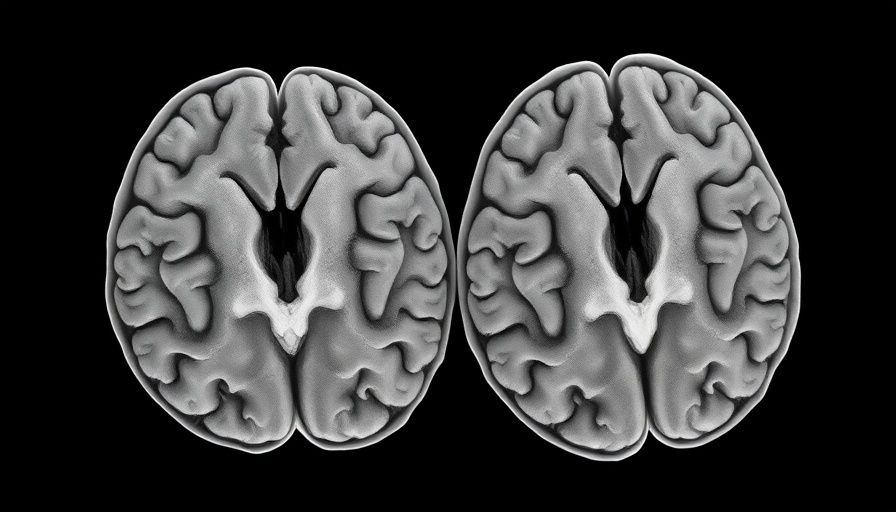
Revolutionary Gene Therapy Offers Hope for Dravet Syndrome
A promising new approach in genetic therapy for Dravet syndrome may soon change the lives of many families affected by this severe condition. Recent studies on mice indicate that a unique delivery method of the SCN1A gene—crucial for brain function—could significantly improve survival rates and prevent seizures.
Understanding the Breakthrough
In Dravet syndrome, a genetic mutation primarily affects a specific type of brain cell known as inhibitory interneurons, which are vital for controlling electrical signals in the brain. The breakthrough research led by John Mich and his team from the Allen Institute highlights a novel strategy where the lengthy SCN1A gene is split into two pieces, each carried by separate viruses. This method mitigates the traditional viral packaging limitations and ensures a targeted approach, ultimately stitching the gene back together within the affected neurons. As Debopam Samanta emphasizes, the potential of such a therapy lies in its capacity to serve as a long-term solution, perhaps requiring only a single treatment.
More than Just Seizures: Broader Implications for Autism
It's important to note that approximately 40% of individuals with Dravet syndrome also experience autism spectrum disorder (ASD). This overlap underscores the complexity of genetic conditions and their implications for families. Understanding how gene therapies like this not only aim to tackle severe seizures but also contribute to broader neurodevelopmental research may open doors for more effective autism treatments.
Future Directions in Genetic Research
The implications of this study reach beyond Dravet syndrome itself. It points to a future where genetic therapies can be tailored to address specific mutations while minimizing risks associated with broader gene expression. As researchers explore the mechanics of gene delivery and expression, it paves the way for advanced clinical trials, laying a foundation for treatments that could benefit children across the autism spectrum.
What This Means for Families Affected by Autism
For parents navigating the challenges of autism and related neurodevelopmental disorders, this research offers a glimmer of hope. With each advancement in genetic therapy, families are one step closer to understanding and managing conditions that have long been a source of struggle. As we anticipate further developments, staying informed about these breakthroughs is essential to ensuring that children receive the best care possible.
To learn more about the latest in autism research and potential treatment options for Dravet syndrome and related conditions, learn more here.
 Add Row
Add Row  Add
Add 




Write A Comment